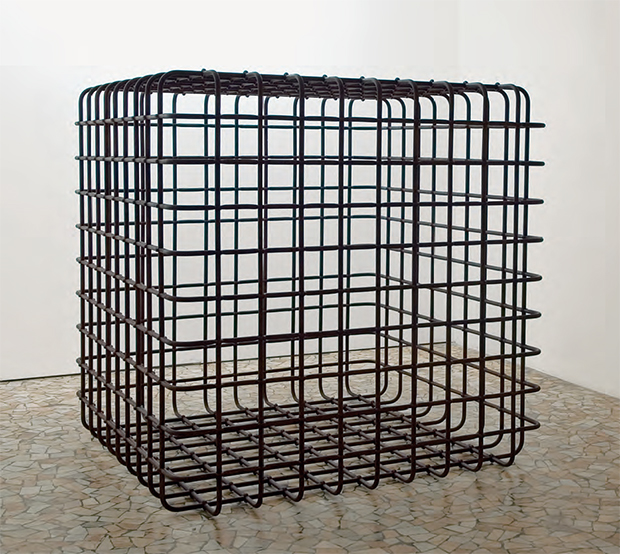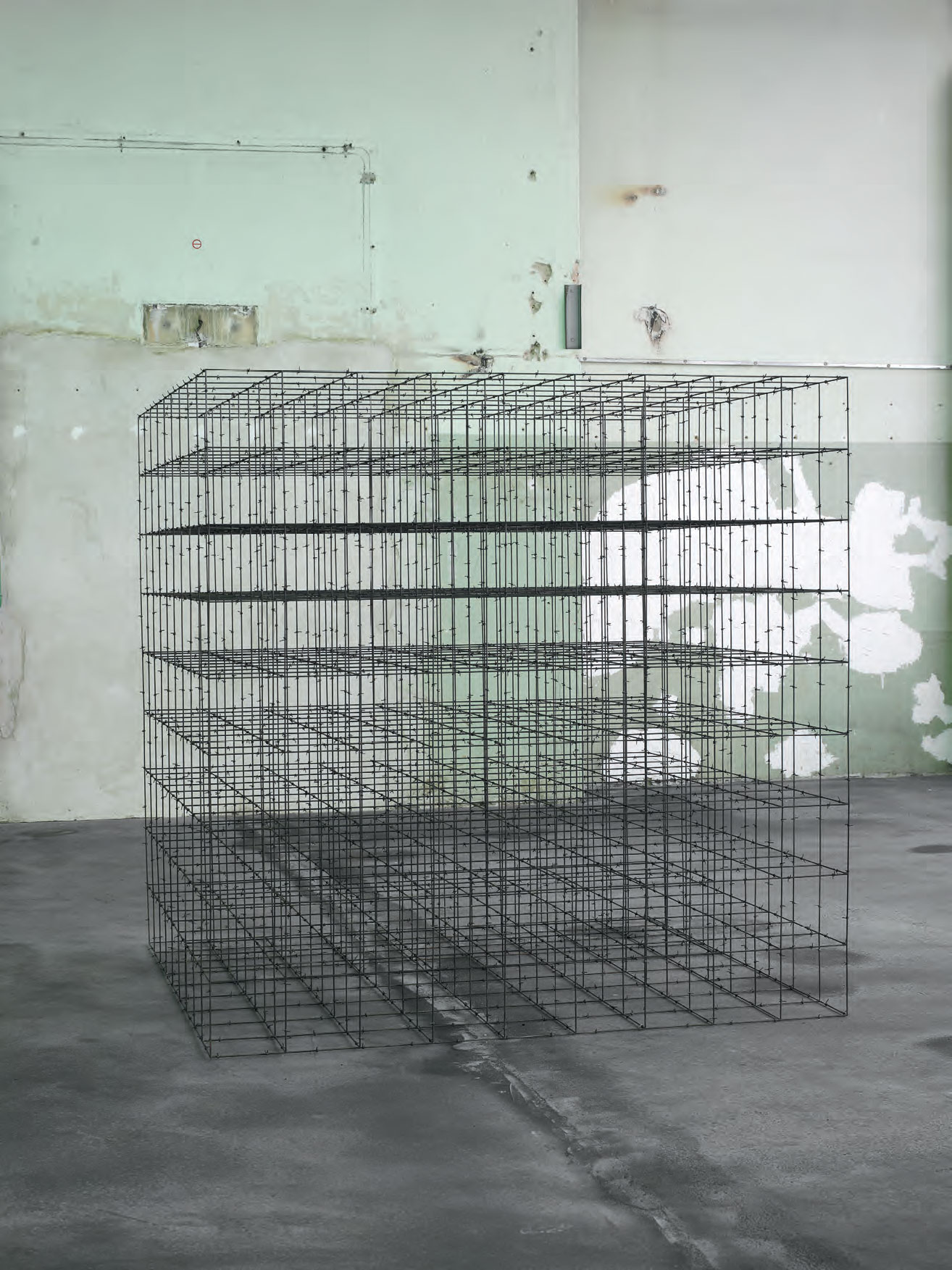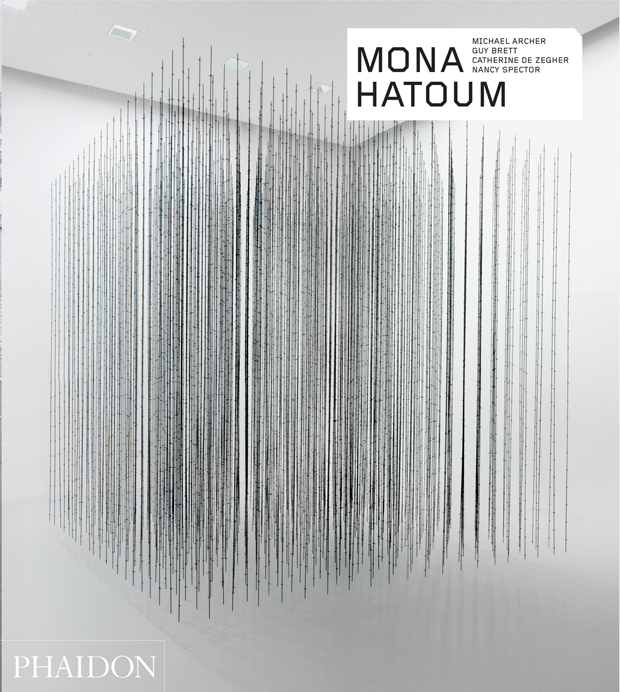
The dirty politics in Mona Hatoum’s Cube
This Lebanese-born artist took US minimalism and added in a heavy subtext, as this book explains
The artist Mona Hatoum was born in Lebanon to a Palestinian family and has a strong personal relationship with geopolitical strife, but she tends to avoid the overtly political in her work. Indeed, having settled in London since 1975, when a short stay became a long one after civil war broke out in Beirut, her relationship with Western mores has been quizzical in other ways. She was intrigued, amused even, by the British taboo about the human body and its supposed separation from the mind, a theme she explored in early performance works which even institutions such as London's Institute of Contemporary Arts considered beyond the pale; the ICA turned down Hatoum's 1981 proposal to place a camera in its public lavatories.
Politics does, however, lurk obliquely in her art, while the relationship of the body to art and the environment is a theme she has also developed, as she moved away from performance art into areas such as abstract sculpture. In a 2006 piece entitled Cube, she takes up the geometric preoccupations of 1960s artists such as Donald Judd, Sol DeWitt and Robert Morris. The modular structures they created were intended to make a statement to the viewer about the gallery space they occupied and the viewer’s own bodily relationship to that space. In Nancy Spector’s excellent essay Dichotomies Of Belonging, which forms part of our new Mona Hatoum book, Spector suggests that Cube, while paying homage to the 1960s conceptualists, takes their work a step further.

174 cm tall and wide, Cube has the dimensions of a human body. Its steel rods and lack of any exit or entrance suggest something very non-abstract and politically evocative - a cage. Such cages, though deemed inhumane by the European Court of Human Rights, can still be seen in footage of trials from around the world of those supposedly presumed innocent.
Hatoum went further in a 2008 piece, also entitled Cube: "an open structure penetrated by a grid of repeating stacks of square units entirely constructed from barbed wire," Spector writes. "The work recalls the regulating geometries of the penal system, and its implications for broader societal control, as theorized by Michel Foucault, whose writings find great resonance in Hatoum’s art."
Spector stresses that this is her own interpretation of the piece, whose power resides in its potential metaphorical meaning rather than any explicit polemical tag.

Also featuring contributions from Michael Archer, Guy Brett and Catherine De Zegher, this is an invaluable and comprehensive Contemporary Artist Series book, lavishly illustrated and documenting a brilliantly versatile artist whose work, whether humorous or harrowing, is always thought provoking. Buy your copy here.